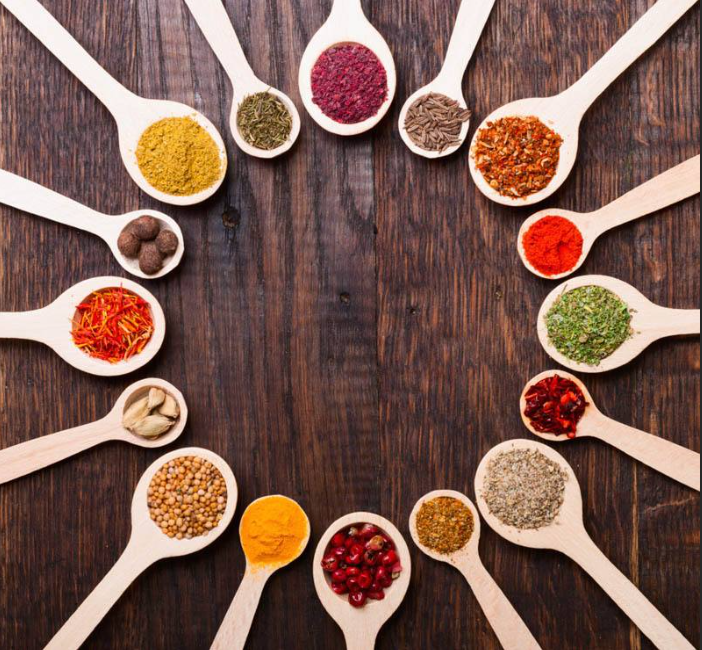Address
304 North Cardinal
St. Dorchester Center, MA 02124
Work Hours
Monday to Friday: 7AM - 7PM
Weekend: 10AM - 5PM
Address
304 North Cardinal
St. Dorchester Center, MA 02124
Work Hours
Monday to Friday: 7AM - 7PM
Weekend: 10AM - 5PM

1: Antioxidants
The mechanism of action of antioxidants is relatively complex, and there are many possibilities. If some antioxidants are easily oxidized, they first react with oxygen, thereby protecting the food.
2: Bleach
These substances can produce sulfur dioxide (SO2), and sulfur dioxide forms sulfite (H2SO3) when it meets water. In addition to having bleaching effect, it also has anti-corrosion effect. In addition, due to the strong reducibility of sulfite, it can consume oxygen in fruit and vegetable tissues, inhibit the activity of oxidase, and prevent the oxidative destruction of vitamin C in fruits and vegetables.
3: Colorant
Also known as pigment, is a kind of substance that enhances the sensory properties of food after coloring. According to its nature and source, food pigments can be divided into two categories: edible natural pigments and edible synthetic pigments.
Edible synthetic pigments and edible natural pigments, two categories.
4: Color protectant
In the processing of food, in order to improve or protect the color of food, in addition to the use of pigment directly to color the food, sometimes it is necessary to add an appropriate amount of color protection agent to make the product show good color.
5: Enzyme preparation
Enzyme preparations refer to substances that are extracted from organisms (including animals, plants, and microorganisms) with biocatalytic enzyme properties. It is mainly used to accelerate food processing and improve the quality of food products.
6: Flavor enhancer
Refers to the substance to supplement, enhance, improve the original taste or taste of food. Some are called umami agents or taste agents.
7: Preservatives
It is a substance that can inhibit the reproduction of microorganisms in food, prevent food spoilage, and extend the shelf life of food. Preservatives are generally divided into acid preservatives, ester preservatives and biological preservatives.
8: Sweetener
A food additive that gives a food its sweetness. According to the source can be divided into: (1) natural sweeteners, which are also divided into sugar alcohols and non-sugars. Among them, the sugar alcohols are: xylitol, sorbitol, mannitol, lactotol, maltitol, isomaltitol, erythritol; ② Non-sugars include: stevioside, licorice, kiwifruit, momordicin, somatame. (2) Artificial sweeteners of sulfonamides including saccharin, sodium cyclohexyl sulfamate, potassium acetylsulfanilate. Dipeptides include: methyl aspartate phenylpropionate (also known as aspartame), 1-A-aspartyl-N – (2, 2, 4, 4-tetramethyl-3-trimethyl sulfide) -D-alanamide (also known as alidame). Sucrose derivatives are: sucralose, isomaltol (also known as paragin sugar), new sugar (fructose oligosaccharides).
9:Others